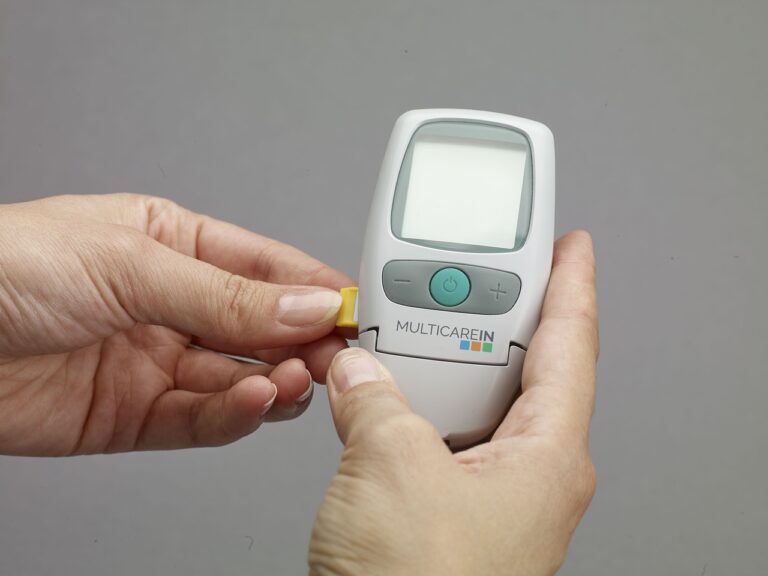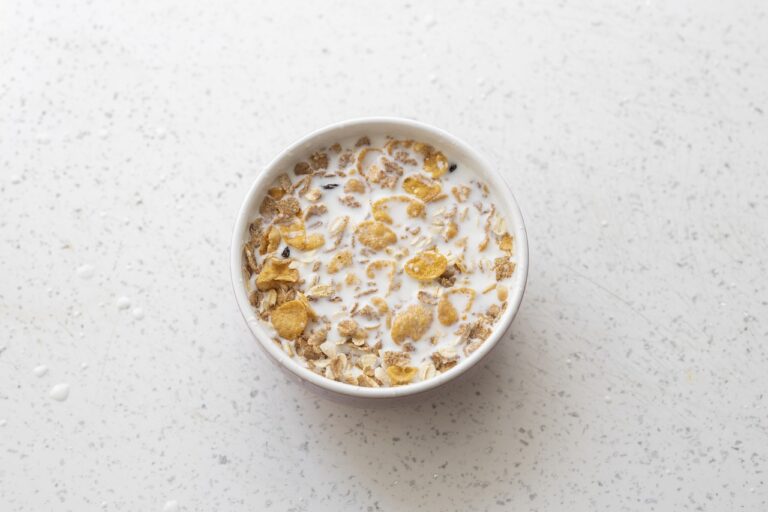Advancements in Wearable Blood Oxygen Monitors for Respiratory Monitoring
The technology behind wearable blood oxygen monitors is fascinating and crucial for monitoring one’s respiratory health. These devices utilize a process called pulse oximetry, which measures the oxygen saturation level in your blood. Through a non-invasive method, wearable monitors use sensors to detect the amount of oxygen bound to hemoglobin in your blood, providing real-time data on your oxygen levels.
Furthermore, wearable blood oxygen monitors are designed to be compact and user-friendly, allowing individuals to easily track their oxygen levels on the go. The data collected by these monitors can be synced to mobile apps or cloud platforms for convenient access and analysis. With advancements in technology, these devices have become more accurate and reliable, making them a valuable tool for individuals looking to monitor their respiratory health in real-time.
How Wearable Blood Oxygen Monitors Benefit Respiratory Health
Wearable blood oxygen monitors offer valuable insights into an individual’s respiratory health by continuously measuring the oxygen saturation levels in the blood. This real-time data provides users with a better understanding of how well their lungs are functioning and can help detect any abnormalities or fluctuations in oxygen levels promptly. By tracking oxygen saturation levels, wearable monitors assist individuals in managing respiratory conditions such as asthma, COPD, and sleep apnea more effectively.
Moreover, wearable blood oxygen monitors empower users to make informed decisions regarding their respiratory health. With the ability to monitor oxygen levels during physical activities, sleep, or daily routines, individuals can identify patterns or triggers that may impact their breathing. By having access to this critical information, users can adjust their lifestyle, medication, or treatment plans accordingly to optimize their respiratory well-being and overall quality of life.
Key Features to Look for in Wearable Blood Oxygen Monitors
When considering wearable blood oxygen monitors, it is crucial to pay attention to key features that can enhance their effectiveness. One important feature to look for is the accuracy of the device. Ensuring that the monitor provides precise and reliable oxygen saturation readings is essential for monitoring respiratory health accurately.
Another key feature to consider is the comfort and convenience of the wearable blood oxygen monitor. Look for a device that is lightweight, sleek, and easy to wear for extended periods without causing discomfort. Additionally, features such as long battery life and wireless connectivity can make the monitoring process more convenient and seamless.
Accuracy of the device in providing oxygen saturation readings
Comfort and convenience of the wearable monitor
– Lightweight design for extended wear
– Sleek and easy to use
– Long battery life for continuous monitoring
– Wireless connectivity for seamless data transfer
What is a wearable blood oxygen monitor?
A wearable blood oxygen monitor is a device that measures the oxygen saturation levels in your blood continuously throughout the day.
How does a wearable blood oxygen monitor work?
Wearable blood oxygen monitors use a technology called pulse oximetry to measure the oxygen saturation in your blood by shining light through your skin and measuring the amount of oxygen in your red blood cells.
What are the benefits of using a wearable blood oxygen monitor?
Wearable blood oxygen monitors can help you track your respiratory health, especially if you have conditions like asthma, COPD, or sleep apnea. They can also alert you to potential issues with your oxygen levels before they become serious.
What key features should I look for in a wearable blood oxygen monitor?
Some key features to look for in a wearable blood oxygen monitor include accuracy, comfort, battery life, data storage and synchronization with a mobile app for easy tracking and monitoring.
How often should I wear a blood oxygen monitor?
It is recommended to wear a blood oxygen monitor continuously for at least 24 hours to get an accurate picture of your oxygen levels throughout the day and night.
Are wearable blood oxygen monitors safe to use?
Yes, wearable blood oxygen monitors are safe to use and have been approved by regulatory bodies for home use. However, it is important to follow the manufacturer’s instructions for proper usage.







